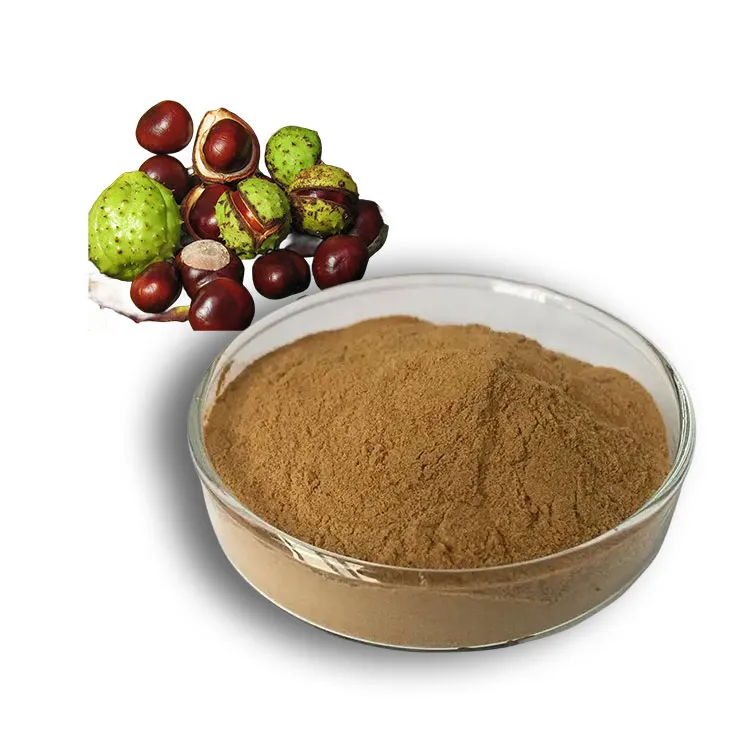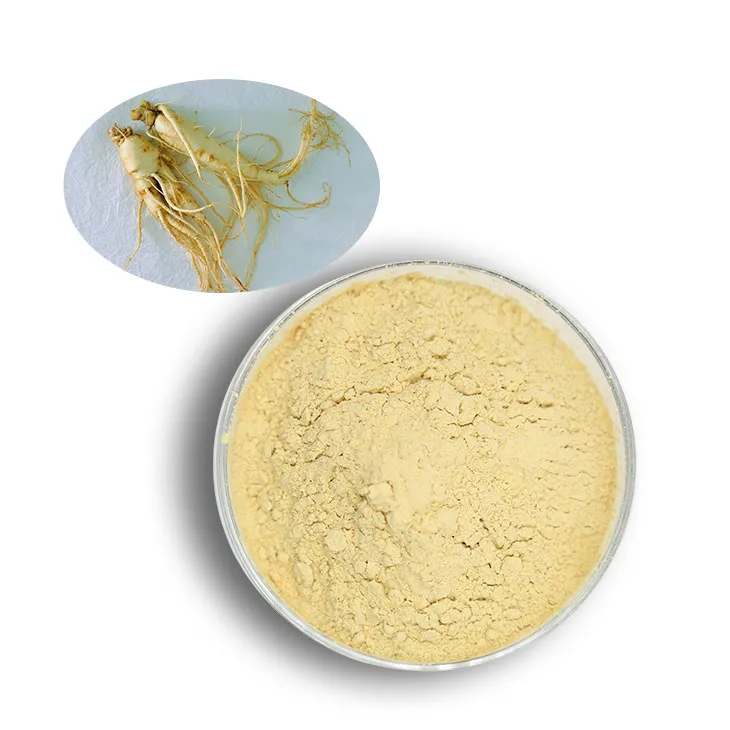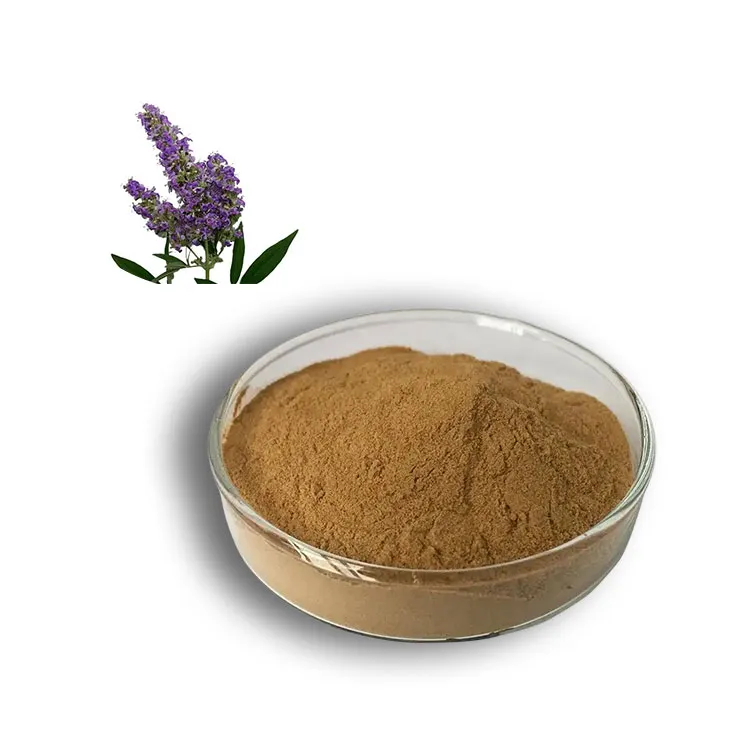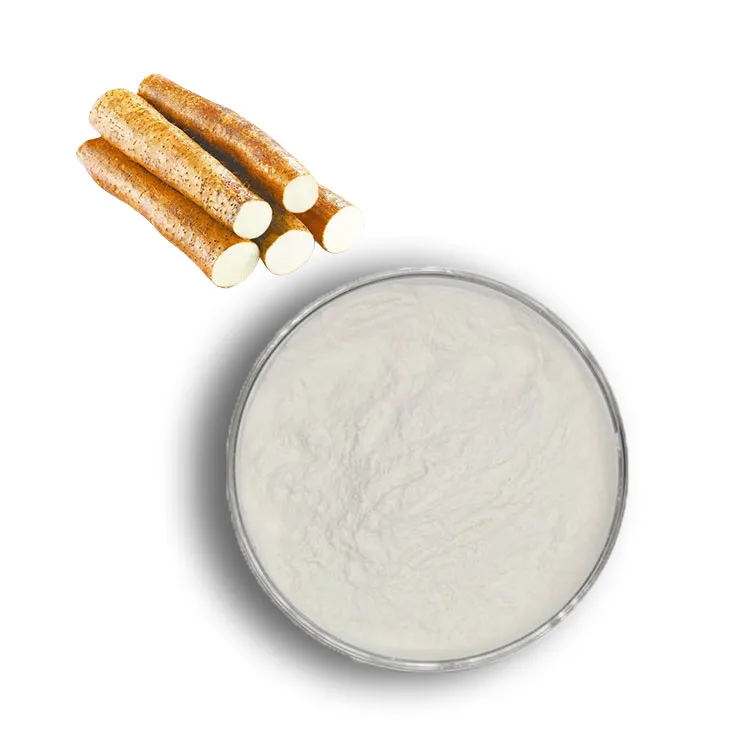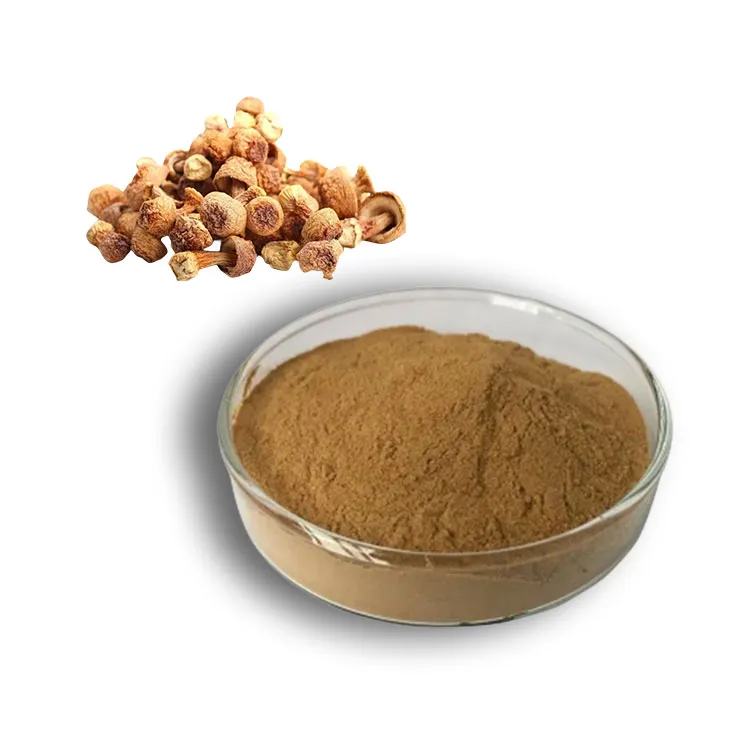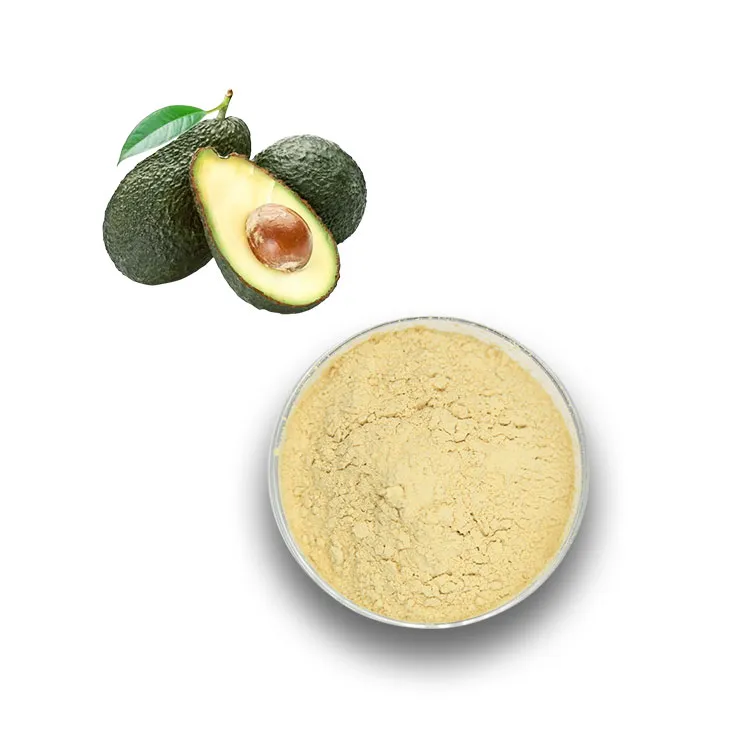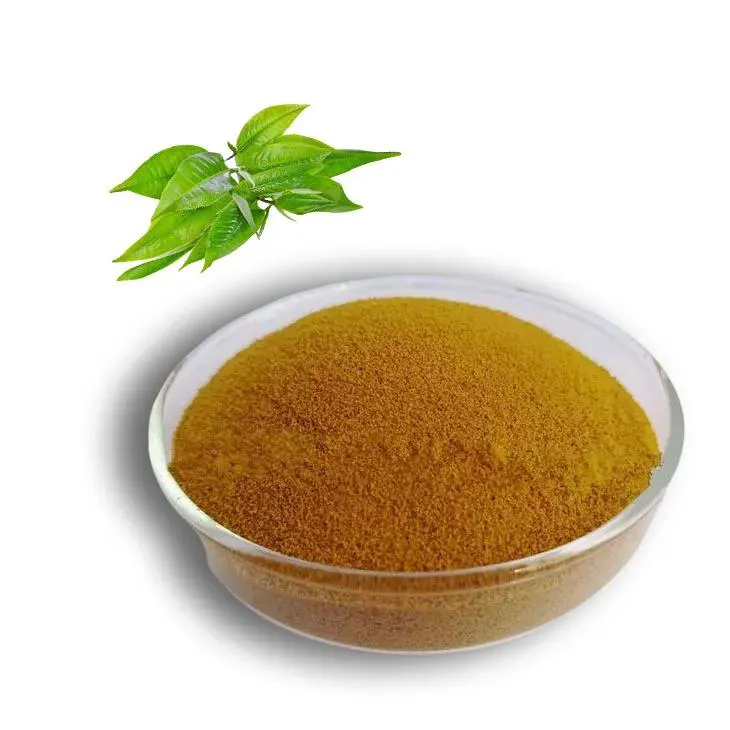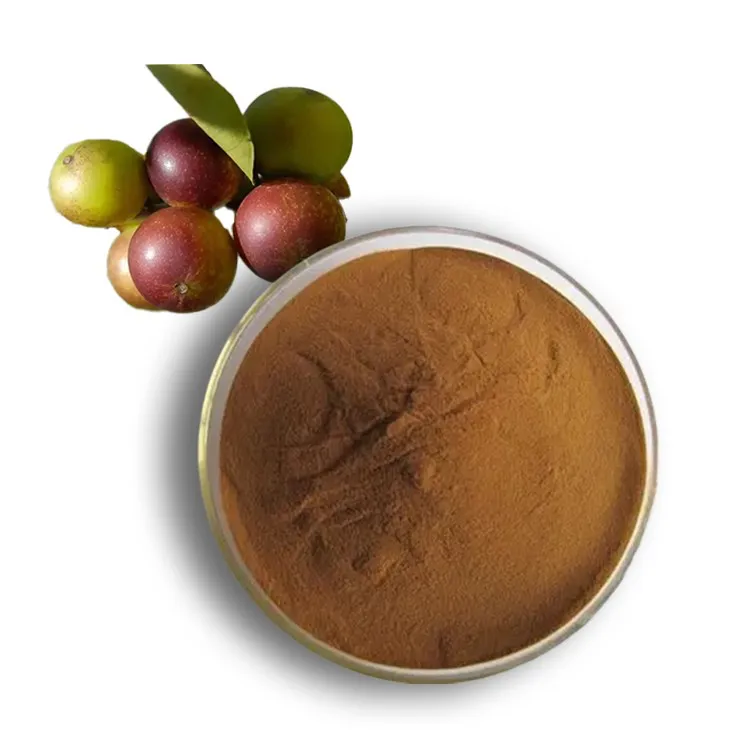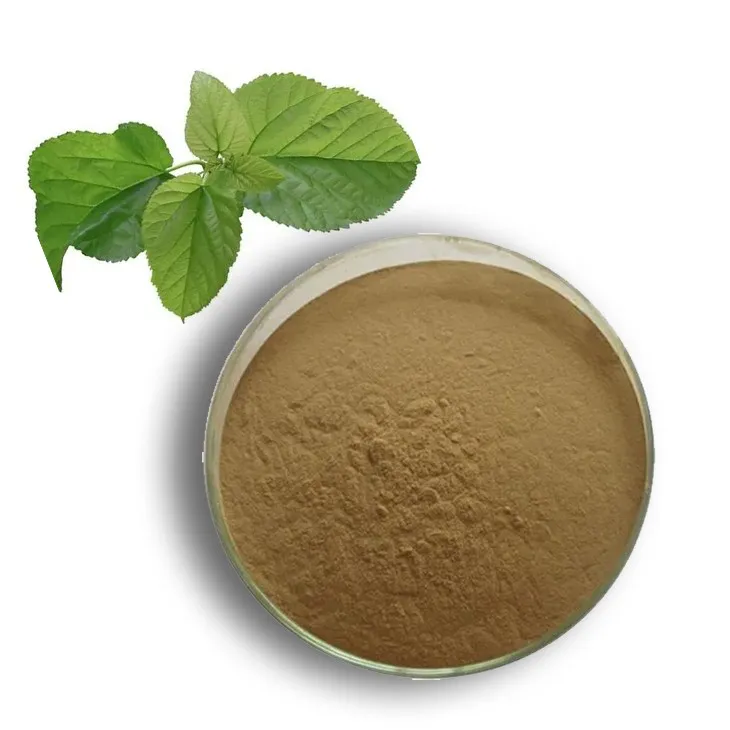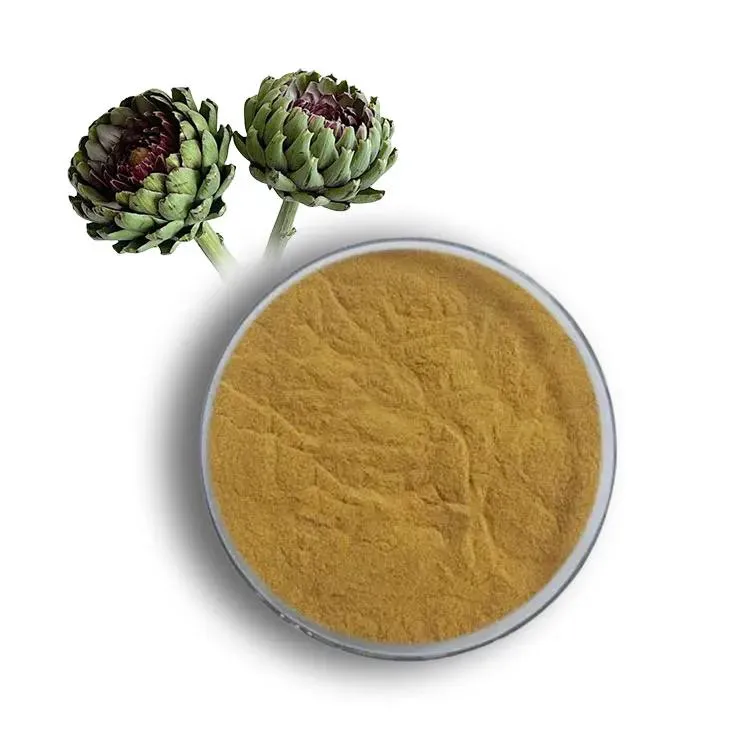- 0086-571-85302990
- sales@greenskybio.com
Do Hops Increase Alcohol Content? A Detailed Exploration for Beer Lovers and Brewers
2025-09-23
The process of brewing beer weaves together science, tradition, and artistry. Among the defining ingredients in beer, hops—those fragrant green flowers—attract much attention for their myriad influences on aroma, bitterness, and flavor. However, confusion persists on one particular question: do hops increase alcohol content? This question arises frequently among homebrewers, craft beer enthusiasts, and consumers eager to understand how their favorite beverage is made.
The role of hops in beer is celebrated, but does their addition directly influence how strong a beer becomes? Understanding this requires delving into the science of brewing, clarifying common misconceptions, and identifying the true relationship between hops and alcohol content.
Understanding the Brewing Process: Alcohol’s Origins
To answer whether hops increase alcohol content, it helps to first understand how alcohol is made during brewing. Beer’s alcoholic strength—or alcohol by volume (ABV)—is created during fermentation. This process transforms fermentable sugars, primarily sourced from malted grains, into ethanol and carbon dioxide thanks to the metabolic activity of brewer’s yeast.
The simplified progression is:
1. Malted Barley (and sometimes other grains) supply starches and sugars.
2. Mash and Lautering convert starches into fermentable sugars (mainly maltose).
3. Yeast is added to the wort (the sweet liquid extracted from the mash) during fermentation.
4. Yeast consumes the sugars and produces ethanol and CO₂.
Here, the crux of ABV rests primarily on two factors: the quantity of fermentable sugars available, and the efficiency with which yeast converts those sugars into alcohol. Other variables, such as fermentation temperature and yeast strain, also play a vital role.
The Role of Hops in Beer
Hops, the seed cones from the Humulus lupulus plant, have become synonymous with beer since at least the Middle Ages. Their core functions in brewing are:
- Imparting bitterness, balancing the sweetness of malt.
- Providing distinctive aroma and flavor notes (citrus, pine, resin, floral).
- Preserving beer, thanks to their natural antimicrobial properties.
Brewers typically add hops during various stages:
- Early boiling (for bitterness),
- Late boiling or whirlpool (for flavor and aroma),
- Dry hopping (post-fermentation, for intense aroma).
The essential oils, resins, and acids in hop cones (notably alpha acids) create these effects, especially when isomerized during the boil. However, these compounds are fundamentally unrelated to the sugars required by yeast to produce ethanol.
Debunking the Myth: Hops and Alcohol Content
The fundamental answer to the initial question is: hops do NOT directly increase alcohol content. Hops contain negligible fermentable sugars or compounds convertible to alcohol. Adding more hops, whether during the boil or as dry hops after fermentation, will not provide additional sugars for yeast or boost a beer’s ABV.
Here’s a breakdown of why:
1. Hops Have No Fermentable Sugars
Hops are made up largely of water, resins (alpha and beta acids), and essential oils. Unlike malted grains, hops do not contain appreciable starches or sugars. Therefore, there is nothing in hops for yeast to metabolize into alcohol.
2. The Role of Malt Remains Primary
The more fermentable sugars available in the wort (from malted barley or adjunct grains), the higher the potential alcohol content after fermentation. Hops merely season the wort; they do not add or alter the sugar content.
3. Hop Additions Don’t Change Sugar Availability
Whether you add hops early, late, or after fermentation, you’re only influencing flavor, bitterness, and aromatic features—not the fermentable substrate.
Common Sources of Confusion
The misconception that hops increase alcohol content arises from several sources:
A. Marketing and “Hop-Forward” Beer Styles
Craft beer trends, such as double IPAs (India Pale Ales), often pair higher hopping rates with higher ABV. Double and triple IPAs, for example, are both more bitter and stronger than standard IPAs, thanks to increased malt (for higher sugar and thus higher ABV) and more hops (for intensified character). This co-occurrence can mislead drinkers into associating more hops with more alcohol.
B. The Intensity Factor
Because heavily hopped beers (e.g., imperial IPAs or barleywines) often have robust, bold flavors and a “warming” sensation—qualities also associated with higher alcohol—the perception of strength may be affected. Nonetheless, hops themselves do not produce alcohol.
C. Homebrewing and Recipe Adjustment
Homebrewers sometimes tweak recipes hoping to increase both bitterness and strength, resulting in a simultaneous change in both hop quantities and malt, which raises ABV and hop character together. This reinforces the misunderstanding.
Can Hops Indirectly Impact Alcohol Content?
Although hops themselves do not contribute to ABV, there are nuanced, indirect effects that advanced brewers and scientists have observed:
1. Yeast Health and Fermentation
Hop compounds are somewhat antimicrobial. While beneficial in preventing spoilage, excessive hopping can occasionally stress yeast or create an environment less conducive to ideal fermentation. This can, in rare cases, result in incomplete fermentation and thus slightly lower alcohol content (if yeast activity is suppressed). Most commercial brewers, however, adjust their processes to avoid this issue.
2. Preservative Effect
Hops act as a natural preservative. In historical brewing (before refrigeration and pasteurization), beers with higher alcohol levels and higher hop content survived long shipping journeys—thus, the development of the traditional IPA. Here, strong hopping accompanied high ABV for preservation rather than being causative.
Modern Brewing Science: Ingredients That Do Influence Alcohol Content
If boosting alcohol content is the goal, brewers increase the amount of malted barley or add adjuncts such as sugar (corn sugar, honey, molasses, or even rice). These ingredients, rich in fermentable sugars, provide more "fuel" for the yeast, resulting in higher ethanol production.
Professional brewers calculate the original gravity (OG)—the concentration of sugars in the wort—knowing that a higher OG leads to a higher potential ABV after fermentation.
Hop Varieties and Their True Influence
It’s also worth noting that hop varieties vary widely in alpha acid (bitterness) content and flavor. While “high alpha” varieties give more “bang for the buck” in bitterness units, this, again, has no bearing on alcohol content. Instead, hop choice is about balancing malt sweetness, creating aromatic signatures, and establishing stylistic profiles.
The Final Word:
In summary, hops do not increase alcohol content in beer. Their critical contributions lie in flavor, aroma, bitterness, and preservation—never in the ABV itself. The alcohol by volume of any beer is a function of the initial sugar content in the wort and how efficiently yeast convert those sugars into ethanol during fermentation.
Common alcoholic beer styles that showcase high hopping rates may also have high ABV simply due to recipe design—not because hops are responsible for alcohol production. Brewers seeking stronger beer will focus on increasing fermentable sugars, adjusting mashing processes, or using more robust yeast strains. Hops, on the other hand, offer their treasures in the form of complexity, balance, freshness, and finish, not alcoholic punch.
For brewers and beer aficionados alike, understanding this distinction is crucial. Appreciating beer fully means recognizing each ingredient’s unique magic—hops for their heady aromas and complex bitterness, malt for its fermentable power, yeast for its transformative abilities, and water for its subtle shaping of character.
As the craft beer world evolves, keep in mind that more hops may mean bolder taste, but it will never mean a higher alcohol content—unless the rest of the recipe supports it. Enjoy your next pint with new appreciation for the true role of hops, savoring their contribution to what is truly one of humanity’s oldest and most beloved beverages.
- ▶ Hesperidin
- ▶ Citrus Bioflavonoids
- ▶ Plant Extract
- ▶ lycopene
- ▶ Diosmin
- ▶ Grape seed extract
- ▶ Sea buckthorn Juice Powder
- ▶ Fruit Juice Powder
- ▶ Hops Extract
- ▶ Artichoke Extract
- ▶ Mushroom extract
- ▶ Astaxanthin
- ▶ Green Tea Extract
- ▶ Curcumin
- ▶ Horse Chestnut Extract
- ▶ Other Product
- ▶ Boswellia Serrata Extract
- ▶ Resveratrol
- ▶ Marigold Extract
- ▶ Grape Leaf Extract
- ▶ New Product
- ▶ Aminolevulinic acid
- ▶ Cranberry Extract
- ▶ Red Yeast Rice
- ▶ Red Wine Extract
-
Horse Chestnut Extract
2025-09-23
-
American Ginseng Root Extract
2025-09-23
-
Chasteberry Extract
2025-09-23
-
Yam Extract
2025-09-23
-
Agaricus Blazei Extract
2025-09-23
-
Avocado Extract Powder
2025-09-23
-
Green Tea Extract
2025-09-23
-
Camu Camu Extract
2025-09-23
-
Mulberry leaf Extract
2025-09-23
-
Artichoke Extract
2025-09-23











